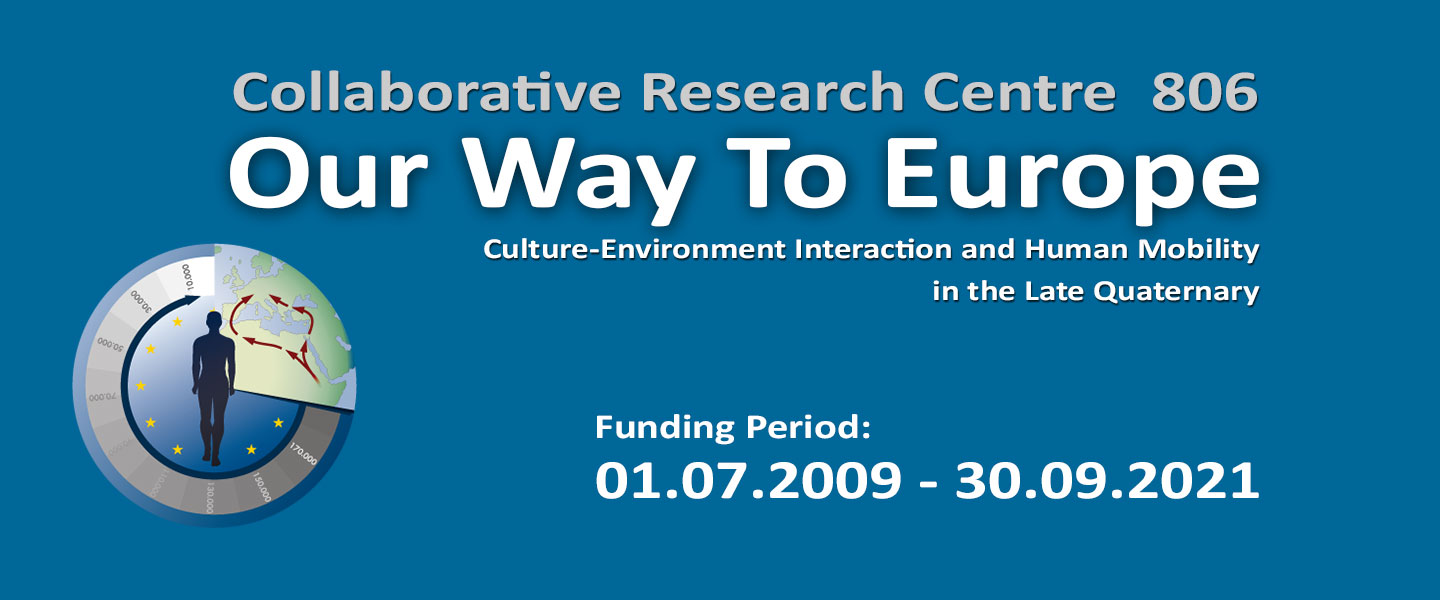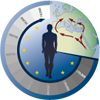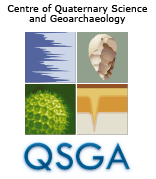You want to see more ... click here

More than just a map – new insights on the distrib...

Maps are the most common way to visualise spatial data in an easily understandable way. Therefore, they are still used today as a powerful tool in, e.g., Quaternary sciences and archaeology. The knowledge of the distribution of Quaternary sediments such as loess is crucial to understand the formation of these deposits and their palaeoenvironmental implications. Throughout the last years, the team of the Chair of Physical Geography and Geoecology of the RWTH Aachen University together with a large team of international colleagues compiled geological, geomorphological, and pedological data to obtain a seamless map of loess distribution in Europe. After years of work, the map was finally finished last year. Besides the display of geospatial data, this map allows us to differentiate the European loess deposits according to their location, elevation, and potential source areas. The integration of stratigraphic and geomorphological evidence allowed us to delineate six domains and 17 subdomai...
Results from an international textbook analysis: n...

Within the past year, we (Project Z4) centred our efforts on a large scale analysis of geography textbooks intended for secondary schools from England, Germany and France. Our goal was to explore to what extent textbook promote comparison in textbook tasks and to what purposes they use comparison in tasks. Our first article explored what the objectives of comparison in geography textbooks are. Very often, in geography science, comparison is used to draw larger conclusions or general rules in inductive ways; or to better understand the specificities of examples. Comparison is also often used to compare periods in time, build models or typologies. Did geography textbooks also have these objectives? The answer is: only partially! Textbook tasks also implement inductive processes and try to help the students formulate rules or derive explanations. However, many tasks are too simple and are intended only to raise the students’ interest or to reproduce information. In the textbooks from the...
Constructed realities

Since Babylonian times humans are known to capture the world they are living in by means of maps. We draw and retain maps every day, mentally, for ourselves. They play an immense role in the way we percept our surroundings. But only in a physical form, maps allow us to share the same view on our world. Nowadays, maps are more relevant and accessible than ever. We use them to find the next restaurant, as well as to teach schoolchildren the capitals of different countries. We have maps of the Moon, the Mars and the deep Sea and all in all it is common sense, that those maps represent reality as it is. Outside of cartographic settings, few people know that even modern maps in times of satellite data are still constructing realities, rather than displaying them. As it is not possible to project the surface of a globe on a plain without distortion, one can choose between an equal-angle or an equal-area projection. Due to the needs of navigation, the traditional way to display maps is the eq...
News
-
- Information
- 27 December 2021
The Journey of Modern Humans from Africa to Europe
The authors shed new light on the time frame and pathways used by Homo sapiens on its journey from Africa to Europe and provide new insights into... -
- Information
- 27 December 2021
CRC 806 Finissage - Virtual Exhibition: Chew Bahir
We kindly invite you to our “virtual exhibition”, starting Sept., 23rd 2021 at 10.30 am CEST. If you follow the link shown above, you will virtually... -
- Information
- 16 August 2021
Cave paintings in Spain originate from Neanderthals
Studies of pigments from wall paintings in Cueva Ardales, a cave in southern Spain, have confirmed the assumption that they originated from...
What else ...?
About CRC 806
You want to know more ... click here
Events
IRTG Graduate School Courses
The Integrated Research Training Group (IRTG) Graduate School is an integral component of the Collaborative Research Centre (CRC) 806 that is promoted by the German Research Foundation (DFG) and hosted at the Universities of Cologne and Bonn, and at the RWTH Aachen University.






 Read more ...
Read more ...




